Overview
Map
Other Details
كنيسة مار أنطونيوس الكبير
Sirjbal
Chouf
Mount Lebanon
كنيسة مار أنطونيوس الكبير - سرجبالهي كنيسة صغيرة مبنيّة وسط البلدة أواخر القرن التاسع عشر. البناء مسقوف ينتهي بحنية نصف دائريّة. تعرضت الكنيسة للتخريب خلال الحرب الأهليّة سنة ١٩٨٣. أُعيد ترميمها مع عودة المسيحيّين الى البلدة في تسعينيّات القرن العشرين.The church of St Anthony the great - SerjbelThe small parochial church was built in the village’s square in the latter half of the XIXth century. The structure is roofed ending with a semi circular apse. The church was sabotaged during the Lebanese civil war in 1983. It was restored in the nineties.
Visited 2301 times, 6 Visits today



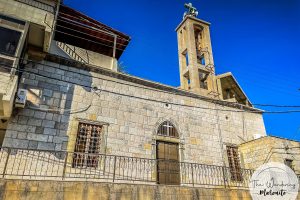
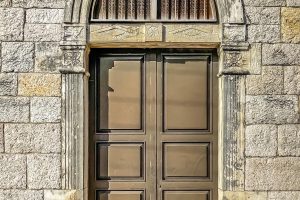
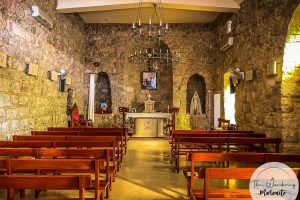
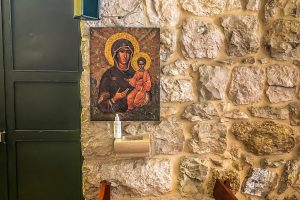
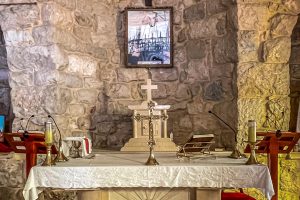







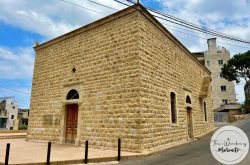
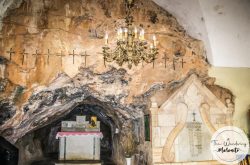
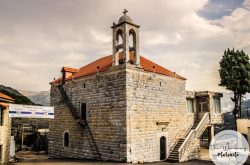
Reviews are disabled, but trackbacks and pingbacks are open.